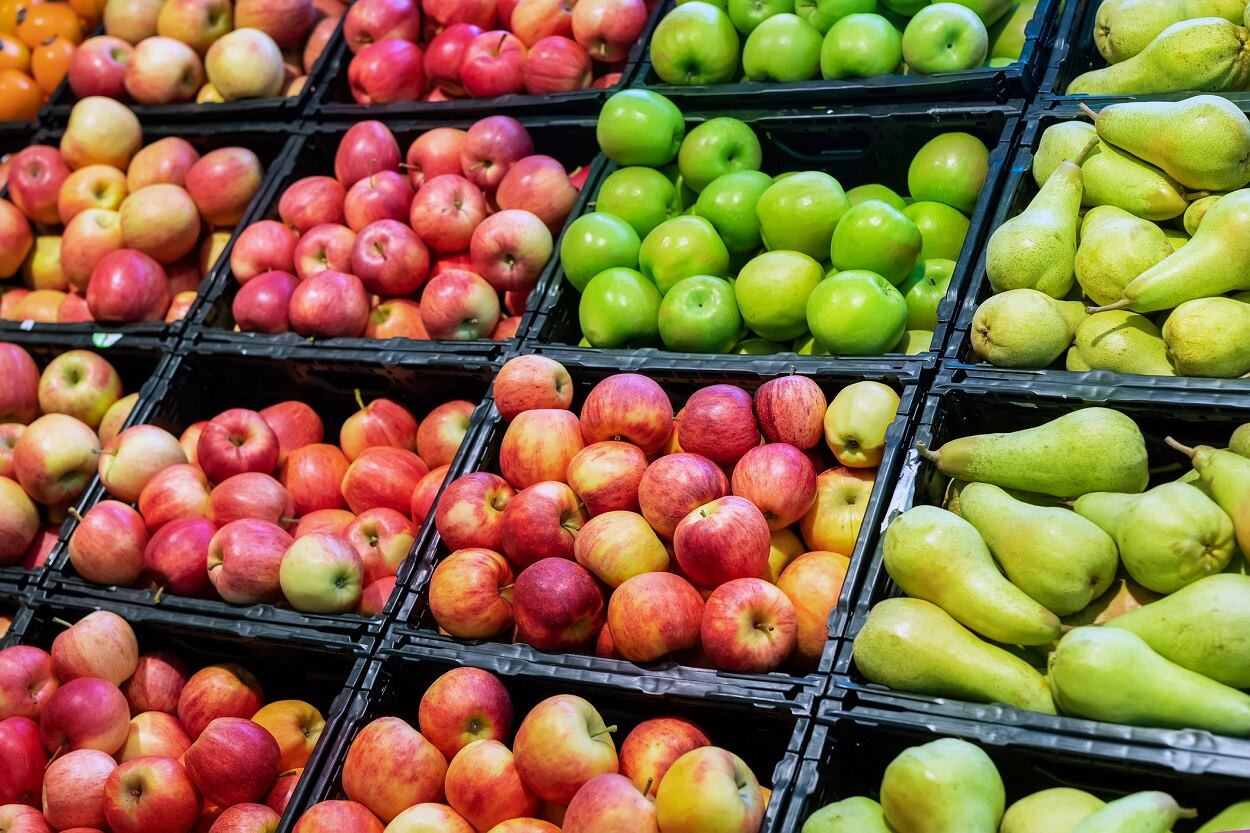The USDA estimates that 31% of all food is wasted at the retail and consumer level, and that food may be unnecessarily discarded stemming from a misunderstanding of how to interpret food date labels, according to the study.
Food product dating is designed to provide clear and consistent information for consumers to understand when they should and should not worry about whether their food is safe to consume.
Under US federal law (excluding infant formula), product dating is not required on food or beverage products. For meat, poultry, and egg products under the jurisdiction of the Food Safety and Inspection Service (FSIS), dates may be voluntarily applied provided they are labeled in compliance with FSIS regulations.
Majority of food is tossed near the package date
Among survey participants, the research found that 84% discarded food near the package date "at least occasionally" and 37% reported that they "always" or "usually" discard food near the package date. Notably, participants between the ages of 18 to 34 were particularly likely to rely on label dates to discard food.
More than half of participants incorrectly thought that date labeling was federally regulated or reported being unsure. In addition, the study found that those perceiving labels as reflecting safety and those who thought labels were federally regulated were more willing to discard food.
Commonly used date-labeling phrases under voluntary industry standards for date labeling:
- A "Best if Used By/Before" indicates when a product will be of best flavor or quality. It is not a purchase or safety date.
- A "Sell-By" date tells the store how long to display the product for sale for inventory management. It is not a safety date.
- A "Use-By" date is the last date recommended for the use of the product while at peak quality. It is not a safety date except for when used on infant formula.
"The voluntary standard is an important step forward. Given the diverse interpretations, our study underlines the need for a concerted effort to communicate the meanings of the new labels," said lead author of the study, Roni Neff, PhD, who directs the Food System Sustainability Program with the CLF and is an assistant professor with the Bloomberg School's Department of Environmental Health and Engineering.
Researchers found that among labels assessed, "Best if used by" was most frequently perceived as communicating quality, while "use by" was one of the top two perceived as communicating safety. But many had different interpretations, the study found.
When consumers perceived a date label as an indication of food safety, they were more likely to discard the food by the provided date. In addition, participants were more likely to discard perishable foods based on labels than shelf-stable food and beverage products.
Raw chicken was the most frequently discarded item with 69% of respondents reporting that they "always" or "most of the time" discard by the listed date. Prepared foods were also frequently thrown away: 62% of study participants said that they throw away prepared foods by the discard date. Over two-thirds (61%) of participants reported tossing deli meats by the date label. Soft cheeses were near the bottom of the list with only 49% reporting discards by the date label, followed by 47% reporting discards of canned goods and breakfast cereals.
Researchers noted that consumers face more of a risk of food borne illness from consuming prepared foods, deli meats, and soft cheeses past their package date as they are most likely to become contaminated with listeria which can proliferate in a refrigerated conditions. Raw chicken, which was the most discarded item, poses less of a risk as it it's usually cooked before eating, noted researchers.
"As date labeling becomes standardized, this research underlines the need for a strong communications campaign and highlights a particular need for education among those ages 18 to 34," Neff said. "We are doing further work to understand how best to message about the terms."




